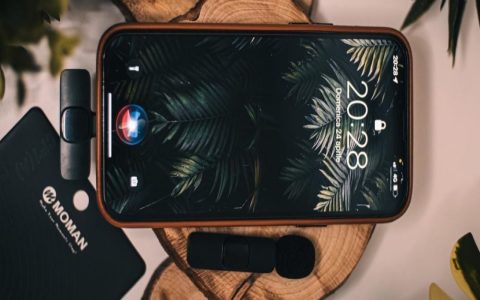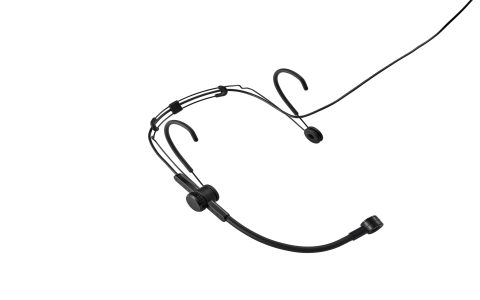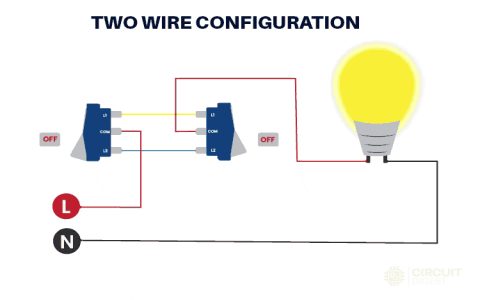Selecting the right wireless receiver is crucial for achieving high-quality, reliable audio transmission to your passive speakers. Focus on these key factors:
Core Considerations
Speaker Compatibility: Ensure the receiver's output power (RMS wattage) and impedance (Ohms, typically 4-8Ω) match your speakers' specifications. Mismatches can damage speakers or cause poor sound.
Connection Type:
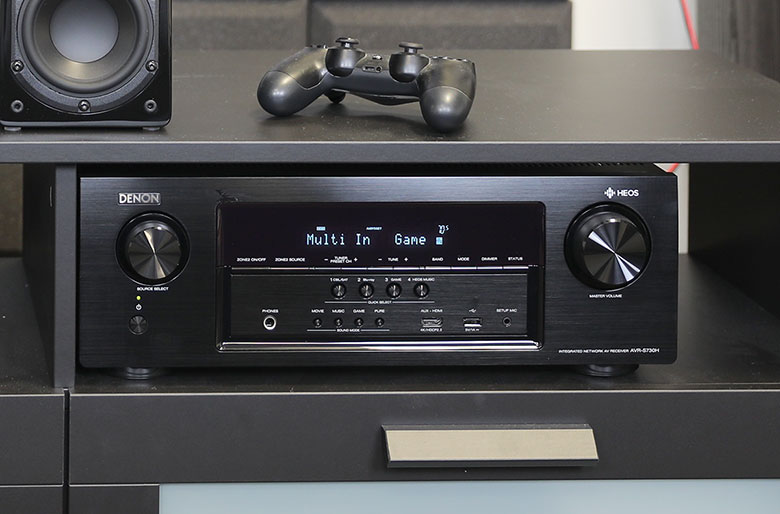
- Bluetooth (BT): Suitable for simplicity and short-range (aptX HD, LDAC, or AAC for better quality over standard SBC. Check BT version (5.0+ recommended for range/stability).
- Wi-Fi (2.4GHz/5GHz): Superior for whole-home audio, multi-room sync, and higher fidelity/range. Requires a strong network. Look for receivers compatible with established ecosystems like AirPlay 2, Chromecast built-in, or DTS Play-Fi for broad app support and features.
- Proprietary RF (e.g., certain models from KEF, Sonance): Often offer excellent range and low latency but lock you into a specific brand ecosystem.
Audio Quality Specifications:
- Supported Codecs: Critical for Bluetooth quality. aptX HD (24-bit/48kHz), LDAC (24-bit/96kHz), AAC > SBC.
- Dynamic Range (DR): Higher dB value indicates better ability to reproduce quiet and loud sounds accurately.
- THD (Total Harmonic Distortion): Lower % (
- Signal-to-Noise Ratio (SNR): Higher dB (>90dB) means less background hiss.
Practical Factors
Inputs: Does it offer analog (RCA) or digital optical inputs if needed for other sources? Bluetooth/Wi-Fi are standard, but extra inputs add flexibility.
Latency: Crucial for video syncing. Wi-Fi and aptX LL/Adaptive Bluetooth receivers typically offer lower latency than standard BT. Check manufacturer specs.
Multi-room & Ecosystem: If expanding later, choose a receiver compatible with your desired multi-room platform (e.g., Sonos, HEOS) from the start.
Ease of Use: Consider pairing simplicity, app interface (for Wi-Fi), physical controls, and auto-reconnect behavior.
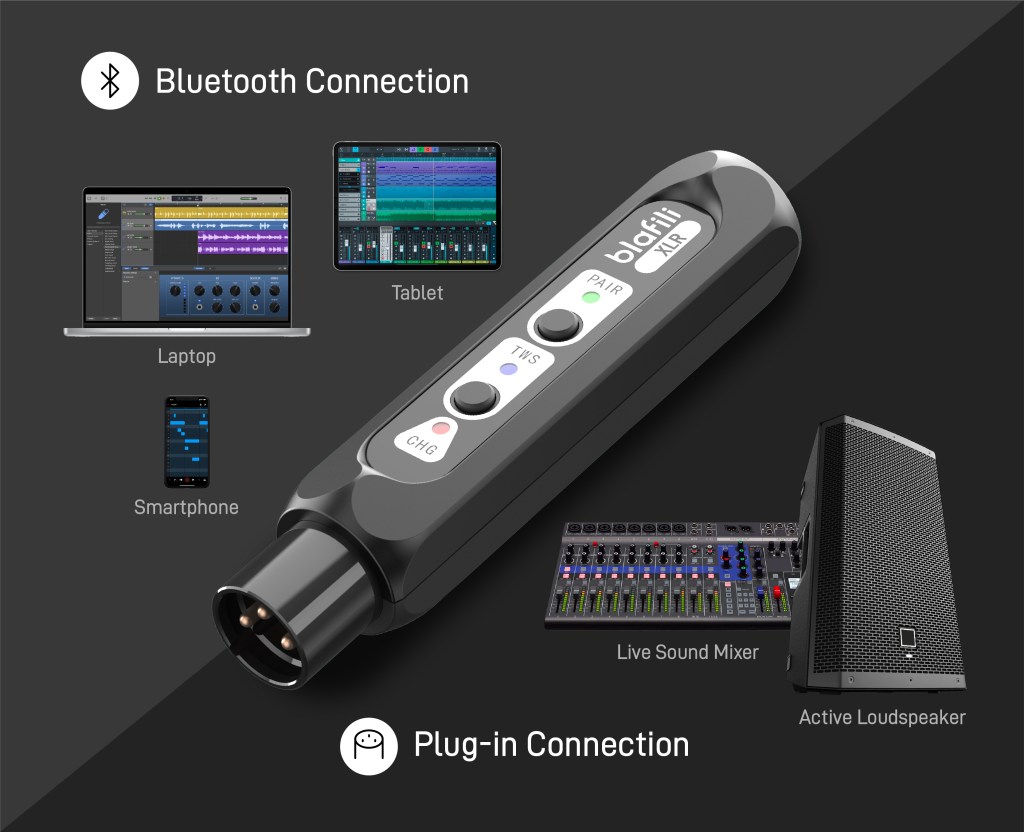
Making Your Choice
- Prioritize Connection: Decide based on your primary use case. For single-room, near-source use: Bluetooth. For multi-room, high-fidelity, or whole-home: Wi-Fi.
- Check Hard Specs: Verify power/impedance matching and scrutinize audio specs (THD, SNR, DR, Codecs).
- Consider Ecosystem: Future expansion plans should influence your choice. Opt for receivers within established ecosystems if multi-room is likely.
- Budget & Features: Determine which features are essential versus nice-to-have.
Critical Tip: Ensure your receiver is specifically designed to power passive speakers via speaker wire terminals, not a line-level receiver designed for active/powered speakers.

